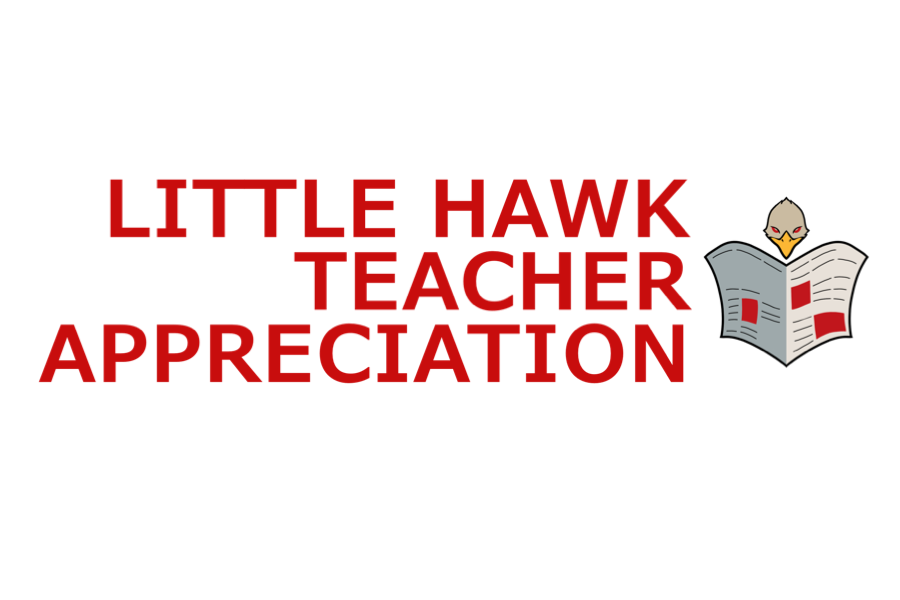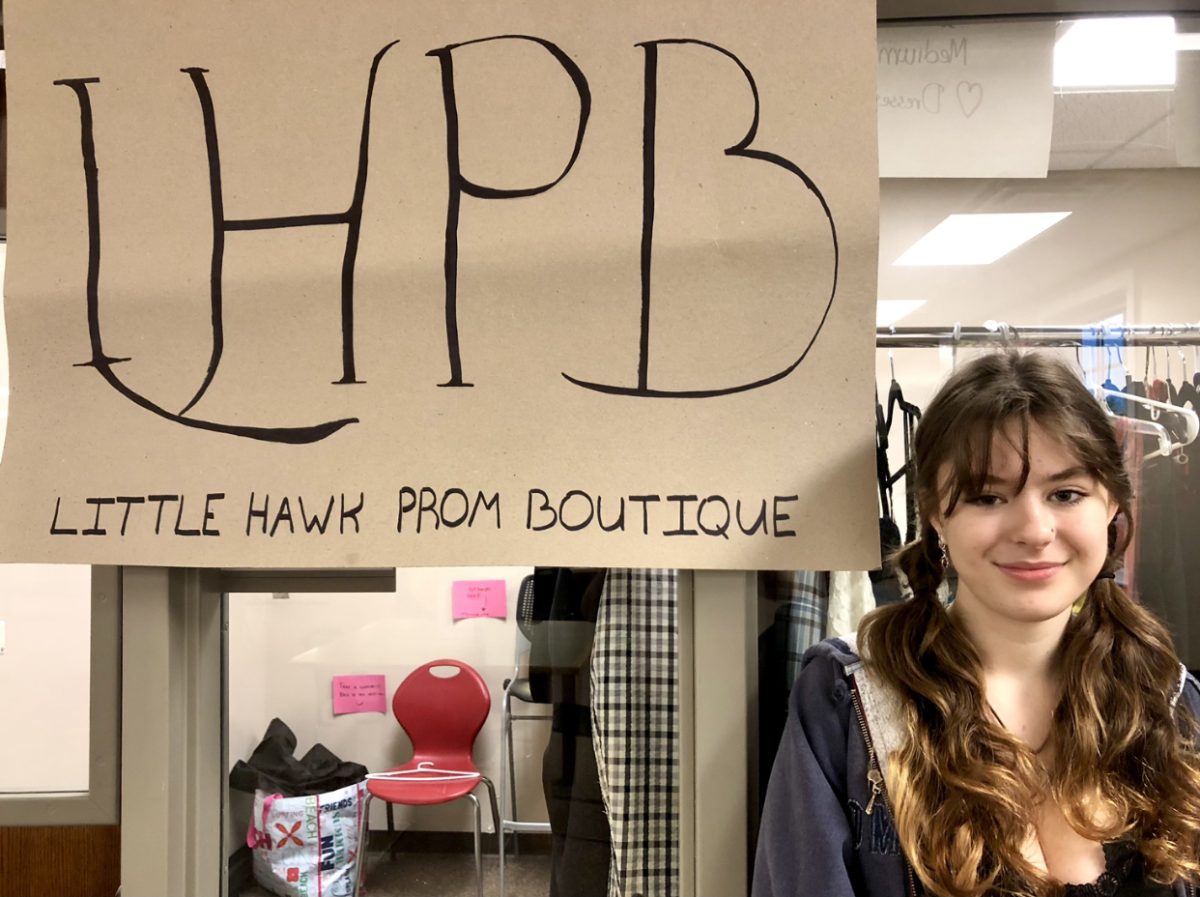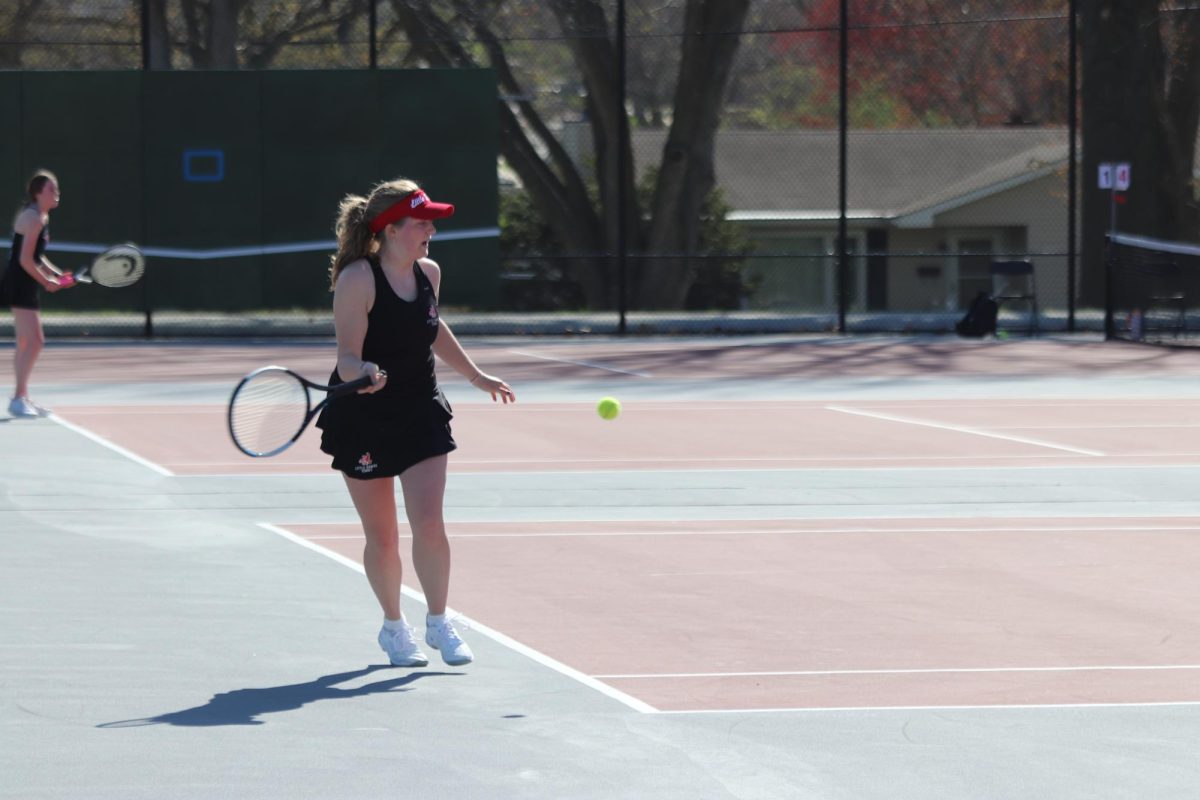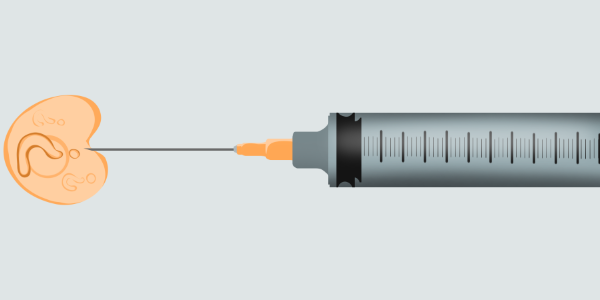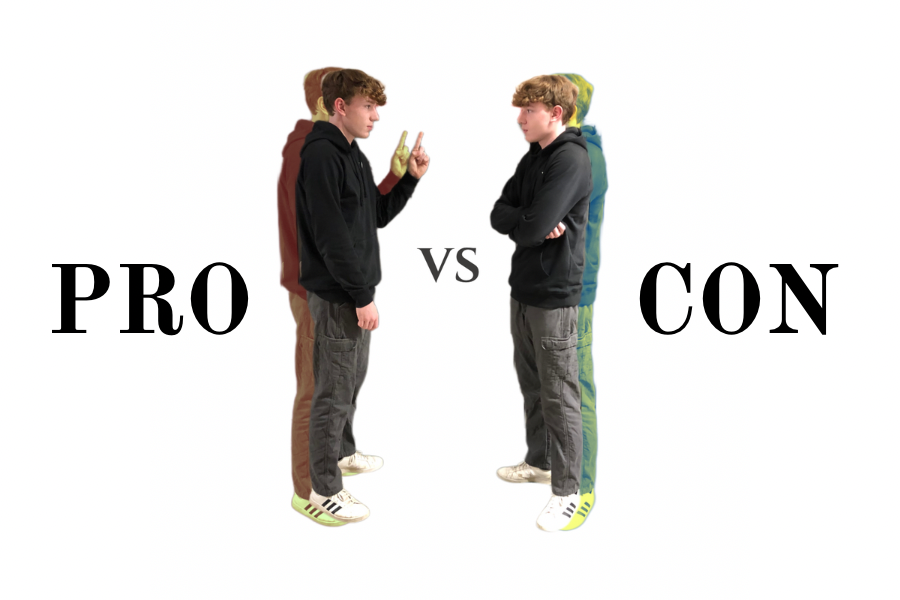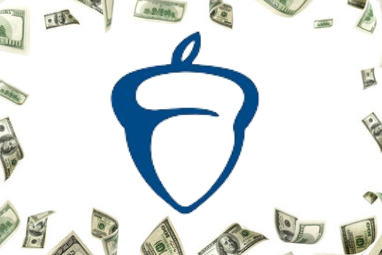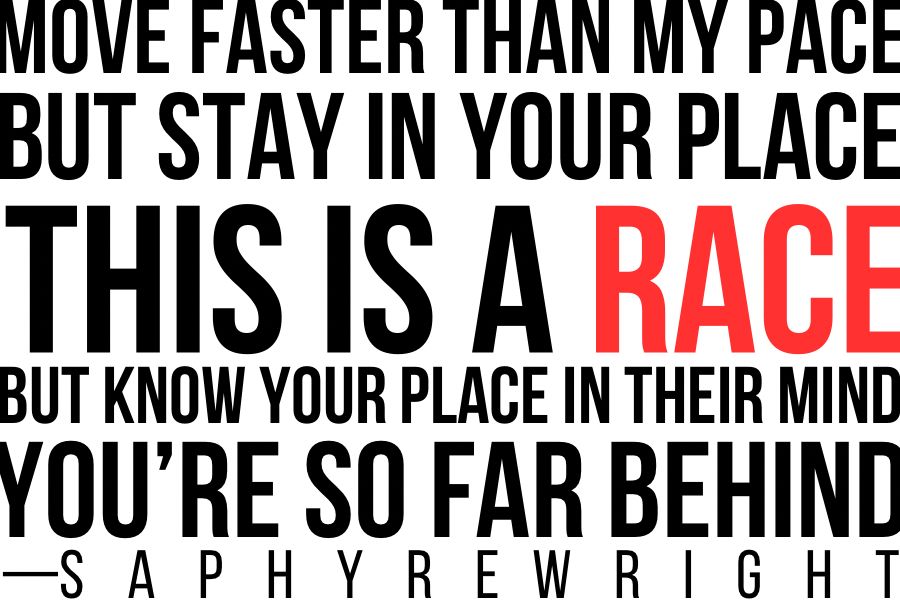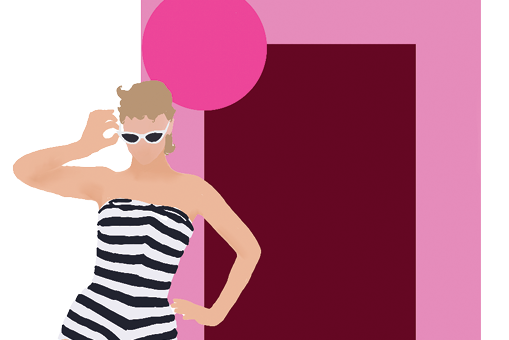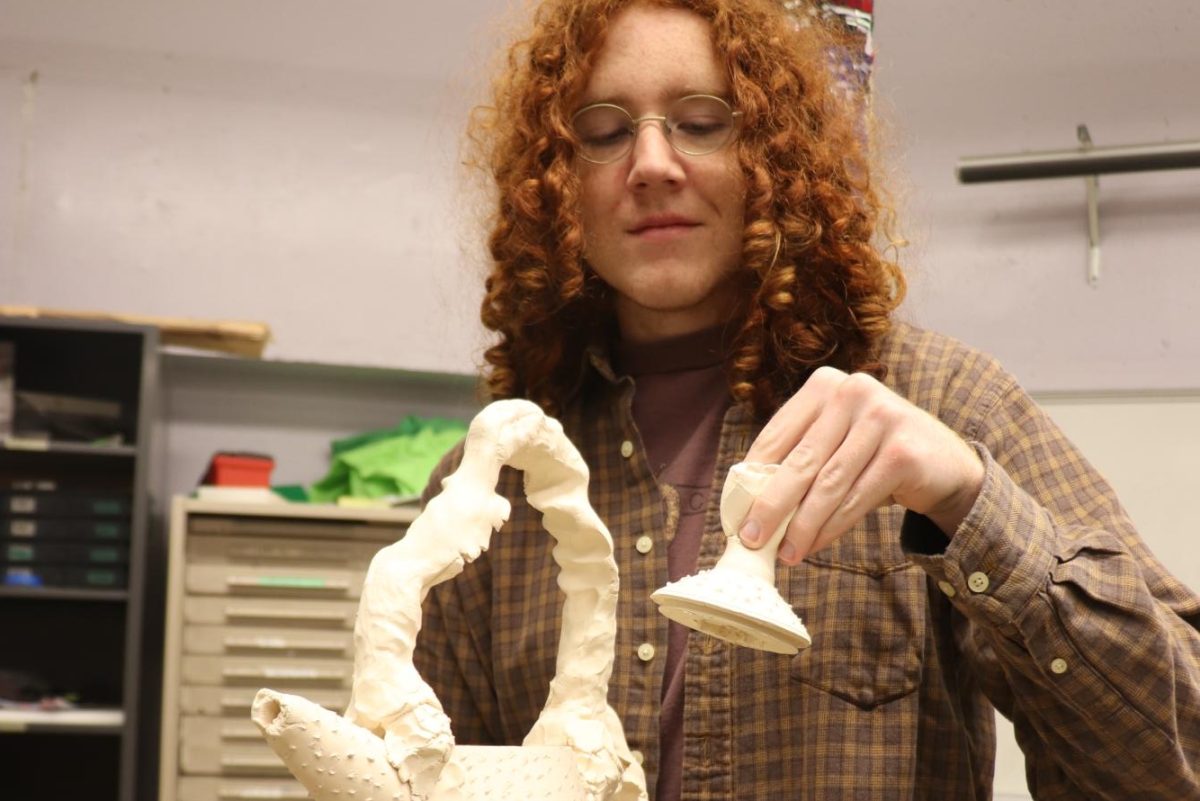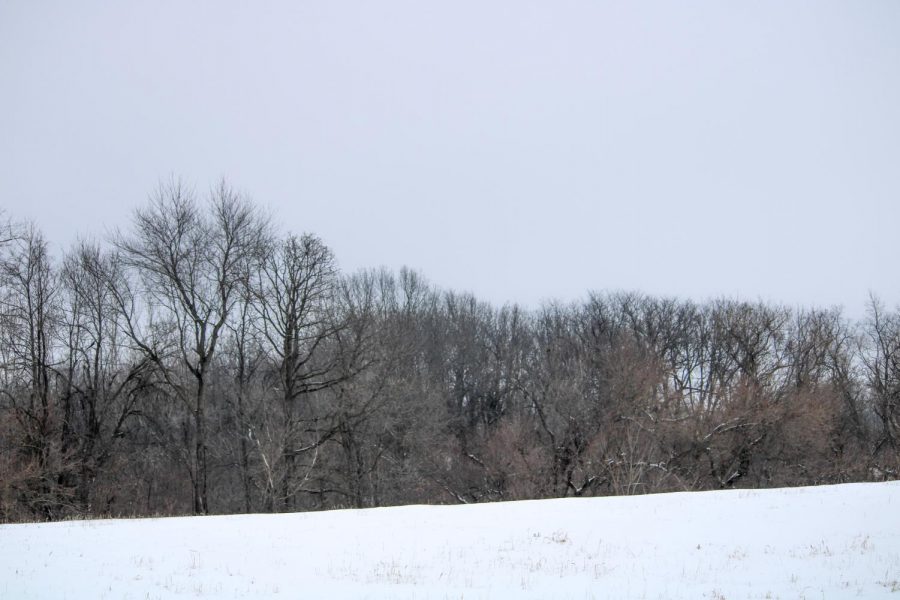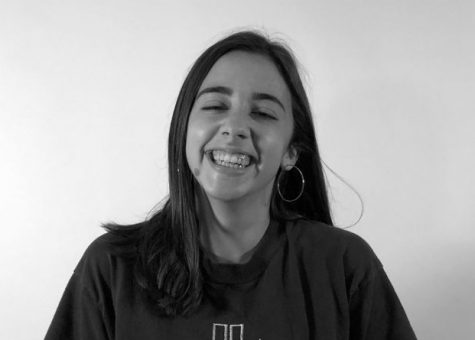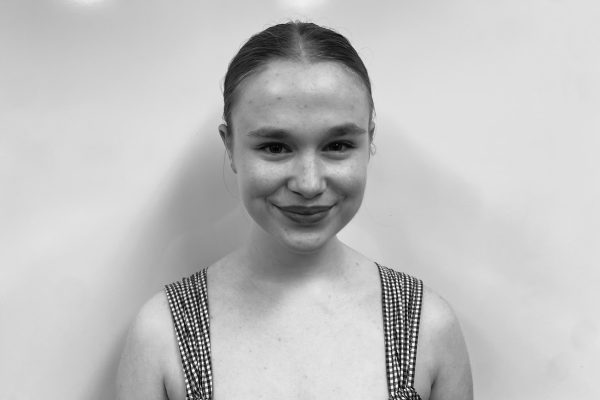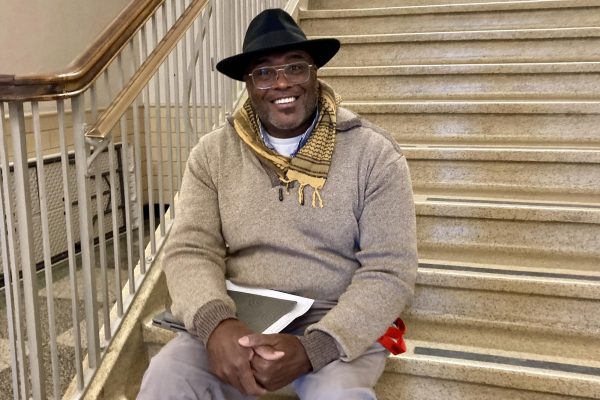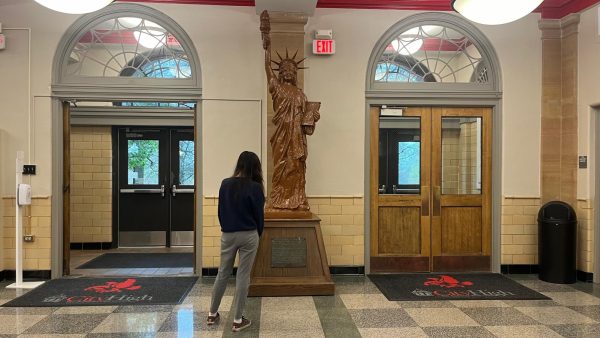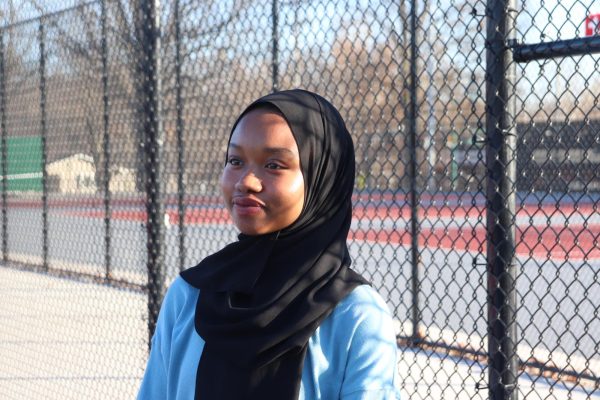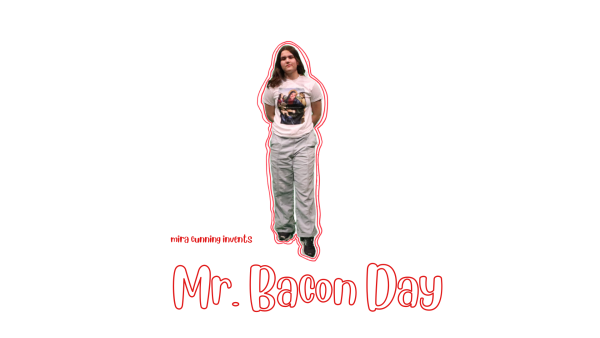A Gloomy Place
A look into the relationship between seasonal affective disorder and drug abuse in the wintertime
For Ann, what started off as curiosity lead to an overdose of cocaine on August of 2018.
February 19, 2020
Ann* started smoking marijuana in the winter in junior high. Ann continued to use drugs throughout junior high and high school, eventually she was using hard drugs once a month. What started off as curiosity lead to an overdose of cocaine on August of 2018. She woke up in the hospital the day after the incident, having no idea what happened.
“I woke up in the hospital and was so disoriented I had no idea what’s going on,” Ann said. “My dad kept booping me on the nose, just to keep me awake. It was a very surreal experience. Like, what if I hadn’t made it? What if it hadn’t been me? What if it was a friend?”
According to the CDC, over 70,000 people died from a drug overdose in 2017, which was a 10 percent increase from 2016. With teens specifically, drug use has decreased as overdose rates increase. From 2015 to 2016, teen overdoses increased 13 percent.
The CDC also has found that since 1999 the deadliest months for drug-related deaths are December and January, winter months. One potential factor in the rise of drug abuse in the winter is what’s known as seasonal affective disorder, or SAD.
“Here in the Midwest, and other places where we have obvious seasonal changes that affect the amount of sunlight that you have,” City’s AP Psychology teacher, Travis Carlson, said. “It alters your brain chemistry to some degree. If you’re somebody who is already has some level of depression, this seasonal shift can sort of make the depression bite a little bit more.”
During the winter, around six percent of the U.S. population suffers from SAD. Symptoms include hopelessness, insomnia, and lack of energy. Carlson was surprised when realized how much the shift in the weather, and specifically the lack of sunlight, affected him.
“I didn’t realize I was so affected by the weather until at one point I had a therapist and [he] said, ‘Do you remember the last time the sun was out?’ And I was like, ‘Yeah, it’s it’s been cloudy for like four or five days.’ And he said, ‘You know, most people don’t realize that.’ I was like, ‘What?’ So most people don’t really have that sort of running tally of what the weather’s like. Well, I did, and I always thought that was somewhat normal,” Carlson said.
SAD has been connected to substance abuse in the past, with many dual diagnoses reported and one in relation to cocaine.
“I feel like with the people that I know, and that I’m around, they do more drugs [in the winter] because they don’t know what else to do,” Diana* said. “They’re bored. They don’t feel right. They just feel sad.”
Ann agrees with Diana’s sentiment. Ann has been diagnosed with clinical depression, anxiety, and SAD.
“I’m already more apathetic, so during the winter I’m not thinking about any sort of consequence,” Ann said. “More of anything goes.”
The winter impacts many people’s moods just like Ann’s. But Ann sees a trend in substance abuse with other people, beyond only individuals struggling with a mental illness.
“I see it on people’s stories everyday,” Ann said. “Like rockstar lifestyle, ‘I’m not gonna make it,’ that kind of thing. They know what they’re doing could kill them, and they don’t really care.”
Diana also sees drug abuse as an issue within her peer groups, and it concerns her.
“I don’t think [substance abuse] is healthy,” Diana said. “I think that in the long term, [substance abuse] makes things worse, because you’re not dealing with any of your emotions. You’re just trying to push them away, but I totally get it because I’m guilty of it too.”
Teenagers’ peer groups have a major impact on their relationship with drugs.
“It’s very rare for a high school student in a peer group of six really great friends to be the only one who smokes. You’re not the only one who drinks. Because you do it in a social environment and that normalizes it,” Carlson said. “If you’re in an area, or a city, or a demographic where everyone’s using opioids, or everyone’s smoking weed, or everyone’s using heroin, those sort of societal or social influences are a lot more dangerous to high school kids than they are to grown-ups.”
First-time drug use and drug use overall is more common in the summertime, but for those suffering from SAD and or depression, the winter months can be hard as well.
“I feel like in the summer, there’s a lot more to do,” Diana said. “It’s nice outside, so if I’m feeling bad then it’s like, ‘Oh, well, the sun is shining.’ It doesn’t feel like I’m trapped in like a gloomy place.”
After her life-threatening overdose, Ann has a new mindset about drug use.
“SAD and depression make any kid more prone to drug use, which is why I think it’s really important that we focus on helping with mental issues so things like this don’t happen,” Ann said. “I think there are going to be kids who always do drugs. There are kids who are always going to try drugs. I think we need to focus on educating kids about consequences, about safety.”


